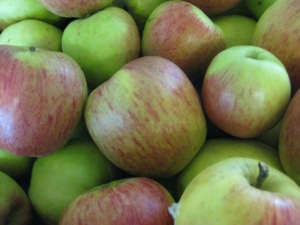 Recently at a Food Literacy conference in Victoria, I was asked to share a story of a moment I saw food literacy in action. I had so many to choose from! But what came to mind was the many times I’ve witnessed volunteer fruit pickers participating in the Gleaning Project who share recipes and techniques for handling the produce we are picking. “Can you dry this variety of apple?” “Have you ever made plum sauce for using in Asian recipes?” “I never get around to processing these, my kids just eat them all fresh.” And, every year: “What do you DO with quince?”
Recently at a Food Literacy conference in Victoria, I was asked to share a story of a moment I saw food literacy in action. I had so many to choose from! But what came to mind was the many times I’ve witnessed volunteer fruit pickers participating in the Gleaning Project who share recipes and techniques for handling the produce we are picking. “Can you dry this variety of apple?” “Have you ever made plum sauce for using in Asian recipes?” “I never get around to processing these, my kids just eat them all fresh.” And, every year: “What do you DO with quince?”
The Gleaning Project organizes groups of volunteer pickers to pick excess fruit (and sometimes vegetables). The harvest is divided 3 ways: One third for the landowner, one third for the Food Program, and one third divided amongst the picking volunteers. The Food Program share is used in our events, as well as distributed via the clinic, school and food bank. We gather all of the harvest together first and weigh everything so we can do things as fairly as possible, and so we can keep an accurate record for our notes and our funders. It’s an exercise in working communally, and everyone takes home some fruit picked by each of the volunteers.
We are very grateful to the landowners who generously host us, and work hard to be respectful of their space and property. That means we schedule picking times that are convenient to them.
When we have a site that is ready to pick, we email the volunteer pickers to inform everyone of the opportunity. We try to give you as much notice as possible, but often the window is pretty tight – ripe fruit waits for no picker!
We work hard to gauge the right number of pickers, taking into consideration how much fruit there is and what we can safely manage at each site. Sometimes there are more people interested than we can accommodate—please know that we do our best to make sure everyone gets a chance to pick and if we say no to you for one pick, you’ll probably be first in line for the next opportunity. This does mean that each person should not expect to pick more than a handful of times each season. How often you can expect to pick depends on your availability and how bountiful a harvest we have from year to year—last year about 80 people participated in about 60 picking sessions.
If you are offered a chance to pick, please take that commitment seriously. We know that things come up and sometimes it is necessary to cancel—in that case please give us as much notice as possible so we can replace you with someone who is keen. That lets us visit a site with the right number of pickers and get all the ripe fruit, rather than have to return multiple times to the same site. And some people want to pick but they don’t have a use for all of their share. If this is the case for you, please let us know when you ask to pick.
So, if you are you a landowner whose fruit trees are dripping with fruit, but you have no time to pick them; or if you would you benefit from having access to healthy fruit but have no fruit trees of your own; if your garden is overflowing, and you would you like to share the bounty with other members of the community; or if you enjoy the simple joy of harvesting fruit or vegetables in a group, the Gleaning Project is for you!
If you would like to be notified about upcoming picking sessions, or if you have trees that need picking, or if you have any questions at all, please email Emma.
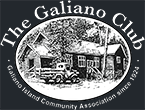
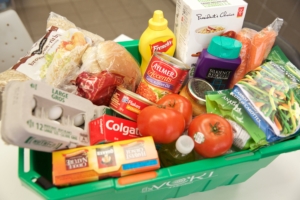 Did you know that 1 in 3 food bank users in B.C. is a child, and 1 in 8 is a senior? That food banks help reduce hunger with dignity, and help reduce food waste too?
Did you know that 1 in 3 food bank users in B.C. is a child, and 1 in 8 is a senior? That food banks help reduce hunger with dignity, and help reduce food waste too?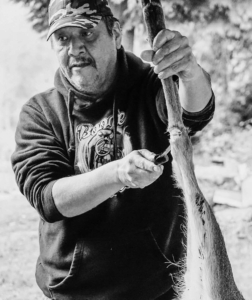
 Recently at a Food Literacy conference in Victoria, I was asked to share a story of a moment I saw food literacy in action. I had so many to choose from! But what came to mind was the many times I’ve witnessed volunteer fruit pickers participating in the Gleaning Project who share recipes and techniques for handling the produce we are picking. “Can you dry this variety of apple?” “Have you ever made plum sauce for using in Asian recipes?” “I never get around to processing these, my kids just eat them all fresh.” And, every year: “What do you DO with quince?”
Recently at a Food Literacy conference in Victoria, I was asked to share a story of a moment I saw food literacy in action. I had so many to choose from! But what came to mind was the many times I’ve witnessed volunteer fruit pickers participating in the Gleaning Project who share recipes and techniques for handling the produce we are picking. “Can you dry this variety of apple?” “Have you ever made plum sauce for using in Asian recipes?” “I never get around to processing these, my kids just eat them all fresh.” And, every year: “What do you DO with quince?”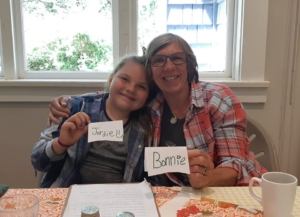 Afternoon Tea with Games
Afternoon Tea with Games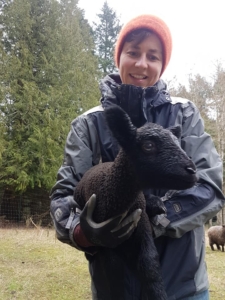 This month, we asked some of Galiano’s sheep farmers to share a few words about their experience keeping sheep. Thanks very much to Mary Jean Elliott and Marcia DeVicque for their delightful and thoughtful submissions at the busiest (lambing) time of year!
This month, we asked some of Galiano’s sheep farmers to share a few words about their experience keeping sheep. Thanks very much to Mary Jean Elliott and Marcia DeVicque for their delightful and thoughtful submissions at the busiest (lambing) time of year!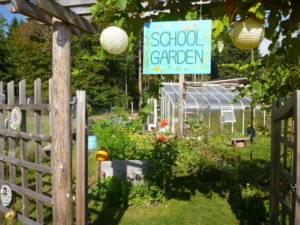 The School Garden is one of the many Food Program projects on Galiano. Coordinators and community volunteers work with the kids, teaching them about gardening, ecology and how to grow food. Kids are involved in planning, tastings, and cooking their harvest. The Food Program also organizes a mini Nettlefest and Applefest for the kids.
The School Garden is one of the many Food Program projects on Galiano. Coordinators and community volunteers work with the kids, teaching them about gardening, ecology and how to grow food. Kids are involved in planning, tastings, and cooking their harvest. The Food Program also organizes a mini Nettlefest and Applefest for the kids.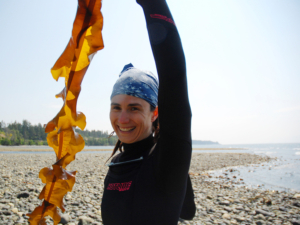 Last June’s Seaweed Harvesting Workshop was one of the most popular we’ve run, and so we are thrilled to be able to bring Amanda Swinimer back. Participants appreciated being given the opportunity to learn both at the beach and in the classroom, as well as getting to taste many varieties of seaweed. Here’s some of what they had to say about the workshop:
Last June’s Seaweed Harvesting Workshop was one of the most popular we’ve run, and so we are thrilled to be able to bring Amanda Swinimer back. Participants appreciated being given the opportunity to learn both at the beach and in the classroom, as well as getting to taste many varieties of seaweed. Here’s some of what they had to say about the workshop: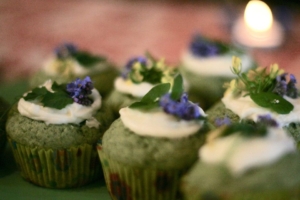 Chefs, cooks and foragers: It’s time to put your “pedal to the nettle” in this year’s competition at the 12th Annual Nettlefest Community Potluck Celebration at the South Galiano Community Hall. Come “test your nettle” by entering your best nettle dish against fierce island competition. And the sting: all dishes must be in by 5:30pm.
Chefs, cooks and foragers: It’s time to put your “pedal to the nettle” in this year’s competition at the 12th Annual Nettlefest Community Potluck Celebration at the South Galiano Community Hall. Come “test your nettle” by entering your best nettle dish against fierce island competition. And the sting: all dishes must be in by 5:30pm.